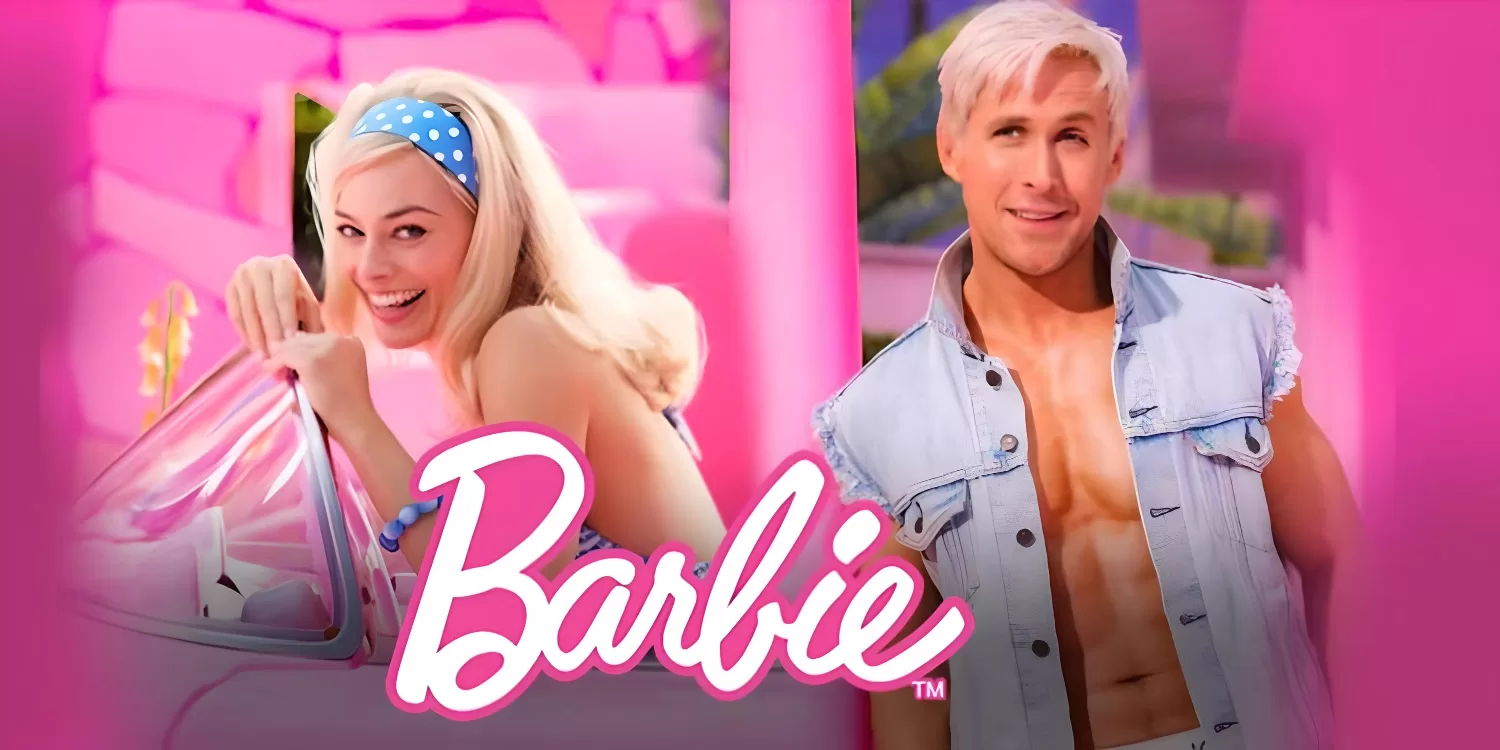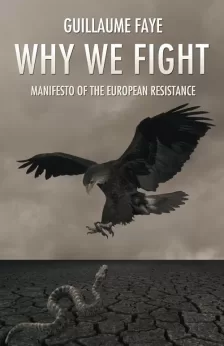In the narrative of the film Barbie, one is beckoned into the labyrinth of plastic existence, drawn to question the essence of Being even within the confines of manufactured reality. The plot not only plays upon the immediate stories of Barbie and Ken but also delves deep into ontological inquiries, reminiscent of Martin Heidegger’s philosophical pursuits.
Ken, whose blond mane is a vestige of an older toy lineage, finds himself within Barbie’s female-centric plastic dominion. Here, he is relegated to a subservient role, overshadowed by Barbie’s reigning plastic empire. His blondness serves as a symbolic echo from a past, an indication of the changing forms and nature of existence, which, in Heidegger’s words, underlines the “historicity of Dasein [Being-There].” The fact that Ken later became black-haired, a mere detail to the uninitiated, invites us to reflect on the transformations of Being and the dynamic interplay of past and present.
As the narrative unfolds, Ken’s existential journey is amplified. He is thrust into the real world, a space beyond his familiar plastic confines. Here, he encounters the structures and dynamics of patriarchy, an overwhelming force that, although alien to his prior plastic existence, serves to shape his newfound understanding of power relations. Grappling with this discovery, Ken returns to the plastic universe, his perceptions irrevocably altered. No longer the passive figure, he establishes himself as the ruler, an embodiment of the power structures he unearthed.
Yet, as Ken ascends to power, the narrative shifts its focus to Barbie. This iconic figure, previously the center of her universe, is now unmoored. Her journey is emblematic of Heidegger’s concept of “Being-towards-death.” She grapples with an existential crisis, confronting the finitude of her plastic existence and the profound realization of mortality. Such an encounter is reminiscent of Heidegger’s contention that the authentic potentiality-for-Being of Dasein can only be grasped in the light of its end. For Barbie, this confrontation with mortality is a revelation, shedding light on her authentic Being and compelling her to seek her own essence beyond the constructed roles and expectations of the plastic world.
Interwoven into this narrative are intricate easter eggs – subtle nods to the richness of Barbie’s history. These are not mere adornments to satiate the nostalgic. Each toy artifact, each historical reference, serves as a portal into the past, compelling viewers to consider the transient nature of existence and the continuity of Being. They are metaphysical anchors, rooting the narrative in the historical evolution of the Barbie brand, while simultaneously elevating it to a universal contemplation of time, Being, and transformation.
What emerges from this cinematic odyssey is a menagerie of contrasts. Barbie and Ken, emblematic figures in the plastic world, become conduits for profound existential inquiries. By traversing between the real and the plastic, the film underlines Heidegger’s emphasis on “worldliness.” The world of Barbie and Ken is not isolated but is intrinsically connected to the broader reality. This interconnectedness is evident in how Ken’s sojourn into the real world reshapes the power dynamics of the plastic realm, and how Barbie’s confrontation with her mortality redefines her understanding of existence.
To perceive this film as merely a tale of toys would be to overlook its profound philosophical underpinnings. Just as Heidegger sought to unearth the deeper meanings of existence, urging us to consider the “question of the meaning of Being,” so too does Barbie invite its audience to peer beyond the plastic facade, to grapple with questions of identity, power, mortality, and the very nature of reality.







